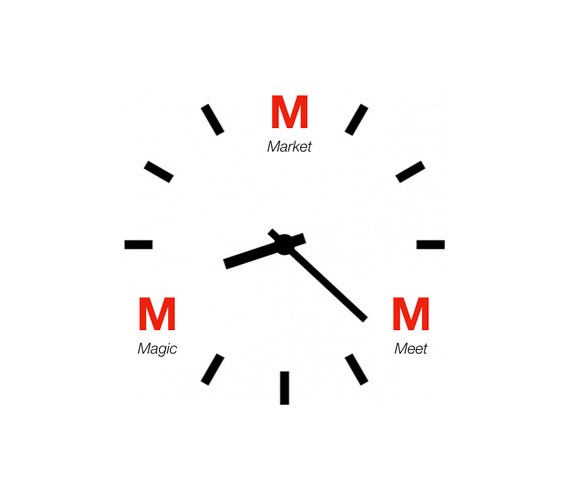How good are your communication skills?

Louise Fleming considers the role of listening in communicating effectively, and how a Chinese character can guide us all in developing this art.
“How good are your communication skills?” If you are asked this question, my guess is you immediately think about how good you are at articulating what you want to communicate. What your delivery is like – whether on a platform at a conference or in the board room.
You may also consider the extent to which your meaning is communicated non-verbally. Rather than simply focusing on the words themselves, what is the tone you use to deliver them? What gestures do you use? What are your facial expressions saying? How comfortable are you with eye contact?
But even when we think about communication in this way, when we think about what and how we are ‘encoding’ as we convey information, we are missing one of the most important communication skills…
The art of listening.
Yes, listening is an art and ‘decoding’ is an important skill for all professionals to learn. Let’s start with a fundamental truth: what is encoded does not equal what is decoded. In plain English this means that whilst I might think that I am being completely clear in conveying information to you, what you receive will be your interpretation of my message, not the message as I intended to send it.
Your interpretation will be influenced by your own personal filter through which information passes. No one else shares your filter. It is unique to you and is the product of your upbringing, your education, your experience, the things that have gone well and the things that have gone badly for you, your biases, your hopes and fears, not to mention your mental and emotional state in that particular moment.
I say “how do you feel about the opportunity to present in front of the whole business?”, you hear “my big chance to shine” or “my last chance to prove myself” or “my first chance to fail”.
The thing is I don’t know what you hear. Because that is inside your head. I don’t share your filter and whilst I might be able to anticipate the reaction of close family members or life-long friends, it is harder to know people in the workplace at this level. The only way I can really know what you’ve heard is to listen. To really listen. But how do we do this?
Ting is the Chinese character ‘to listen’ and serves as the perfect guide to improving our listening skills. The character is made up of four components: ears, eyes, undivided attention and open heart.
EARS
Listening with our ears is pretty obvious, but a good place to start! All too often as professionals, we ask a question and fail to stop talking long enough to hear the answer. So ask away, but then shut up, zip it, be quiet and wait for the answer. Leave enough space to hear what the other person has to say without flooding the airwaves with multiple choice answers to your own question. Sometimes the silence will feel like it lasts forever, but we can remind ourselves that whilst some people talk to think, many others like to process their thoughts before they share them
EYES
We may be conscious self-regulating of our own non-verbal communication when interacting with others, but do we take time to read the non-verbals of the other person? At a basic level this entails noticing non-verbal clues such as expression, gestures and eye movements. We can watch out in particular for non-verbals that do not match the words we are hearing. As well as decoding what is said, we are also seeking to pick up the un-said.
UNDIVIDED ATTENTION
Have you ever been in a meeting and found your attention wondering? What do I need to prepare for my next meeting? What shall I cook tonight? What have I got on at the weekend? The reality is, we all have. So here’s another question: have you ever been speaking and noticed the other person is not paying you their full attention? How did it feel? The answer is it feels awful. Really bad, maybe so bad you lost your way in what you were saying. Giving someone our undivided attention can be hard work and for some it may take a lot of energy, but hearing every word and reading every non-verbal is the only way to listen at what we might call a ‘global’ level.
OPEN HEART
Sometimes we listen simply to confirm what we want to hear. Or to complete a task we have been set without regard for the full picture. If we want to communicate effectively, we need to listen to understand. That means putting to one side our own pre-conceptions and listening without judgement. It means being self-aware of our bias and approaching communication with curiosity about different perspectives.
In Summary
There is a lot we can learn from ‘Ting’ and by employing all the channels open to us to be a better listener. By being self-aware of your listening skills and then flexing to address your gaps and listen at a new level, we might all learn to communicate more effectively.
Louise Fleming, Partner, Aretai LLP
- Coaching
- Consulting
- Financial Services
- Legal Services
- Professional Services

